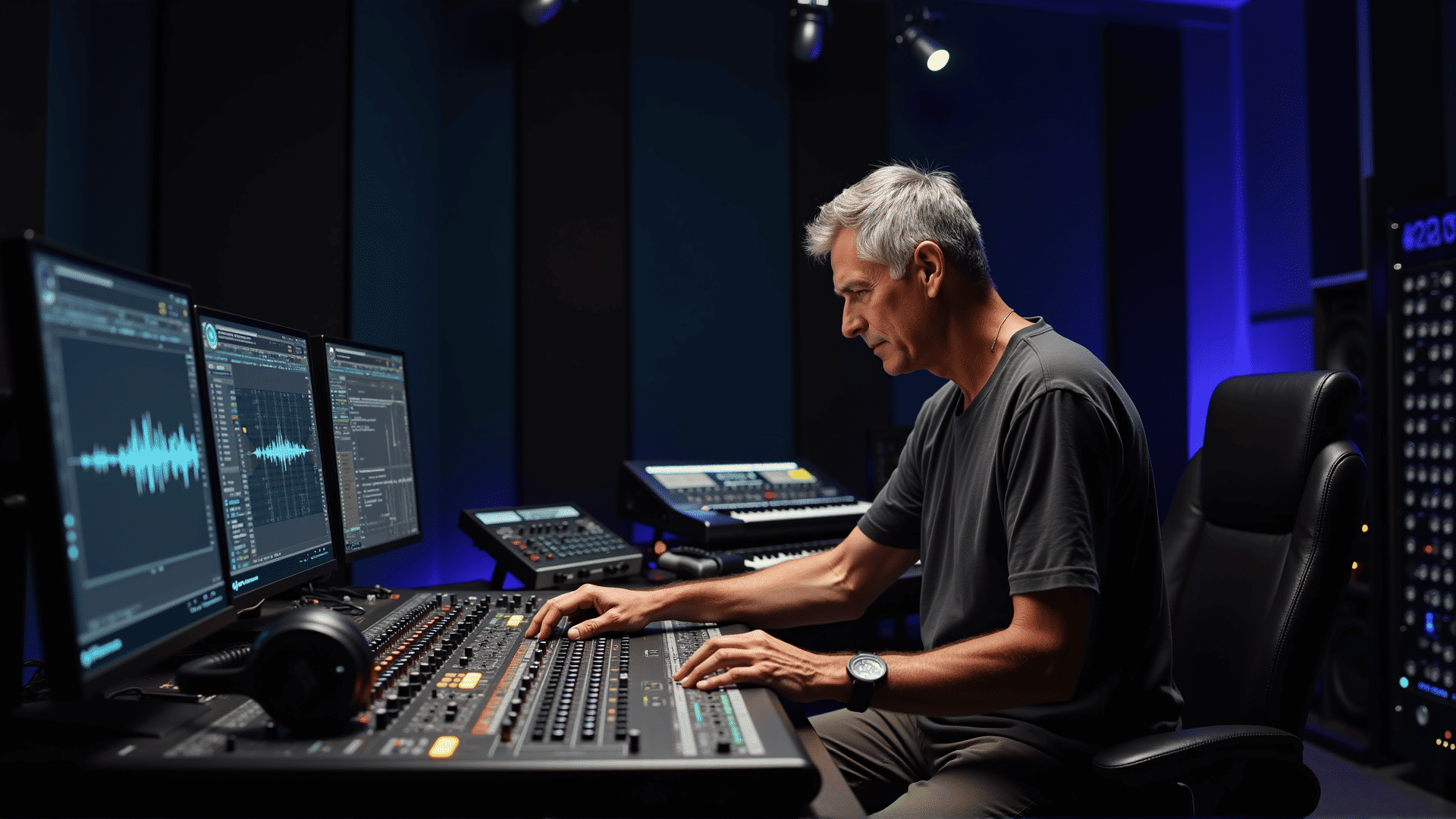The art of mastering sound is a nuanced process that stands as a cornerstone in the realm of music production. It transforms raw recordings into polished tracks ready for release, ensuring they resonate well across various playback systems. To uncover the secrets behind this sophisticated craft, we’ve gathered insights from top producers who utilize Afterburner tools to elevate their projects. Here, we present their expert tips and techniques.
Understanding the Sound Landscape
Before delving into specific tools and techniques, it’s essential to grasp the fundamentals of sound engineering. Mastering entails balancing frequencies, optimizing loudness, and enhancing the overall clarity of a track. A well-mastered piece harmonizes various elements, creating an engaging audio experience for listeners. Seasoned producers recommend starting with a clear vision of the desired sound profile and remaining flexible to alterations as the process unfolds.
Crafting the Ideal Acoustic Environment
The space in which you work can significantly impact the mastering process. Top producers stress the importance of an acoustically treated environment, free from unwanted reverberations and echoes. Ensure your studio is equipped with quality monitors and consider using reference tracks to gauge how your work compares against industry standards. Maintaining the integrity of your acoustic environment allows for more accurate sound analysis and adjustments.
Utilizing Afterburner Tools for Precision
Afterburner tools have garnered acclaim for their precision and flexibility in sound shaping. Producers frequently emphasize the importance of familiarizing oneself with these tools, leveraging their capabilities to sculpt the perfect sound. Each tool offers a unique feature set, allowing for nuanced adjustments such as precise EQ tailoring, dynamic range control, and seamless integration with digital audio workstations.
Strategic Use of Equalization
Equalization remains an essential technique in mastering, enabling producers to fine-tune the frequency balance within a track. Experts recommend a strategic approach, utilizing Afterburner’s sophisticated EQ options to subtly adjust tone without compromising the integrity of the music. Taking time to carefully sculpt low, mid, and high frequencies ensures the final product is both dynamic and cohesive.
Dynamics and Compression
Dynamic range management is another crucial element in mastering, and Afterburner tools are well-equipped for this task. Compression techniques can help control the peaks and valleys of a track’s audio levels, ensuring consistency and avoiding distortion. The key is to apply compression judiciously – enough to enhance the sound without stripping it of its natural ebb and flow. Experienced producers advise experimenting with different attack and release settings to achieve the desired punch and presence.
Mastering for Various Formats
In today’s diverse media landscape, tracks need to perform well across multiple formats and platforms. Whether it’s streaming services, radio broadcasts, or personal listening devices, the mastered sound should remain consistent. Afterburner tools offer options to test how a track performs in different scenarios, allowing producers to make necessary tweaks to maintain quality across the board.
Embracing Creativity
While technical skills are vital, never underestimate the power of creativity in the mastering process. The tools are there to serve your artistic vision, enabling you to bring unique and compelling soundscapes to life. Producers encourage pushing boundaries and breaking conventional norms to create original works that captivate and inspire listeners.
Mastering sound is as much an art as it is a science. With the right tools, environment, and mindset, producers can elevate their projects to new heights. By incorporating insights from accomplished professionals and harnessing the capabilities of Afterburner tools, you’re well on your way to mastering the intricate process of sound.
